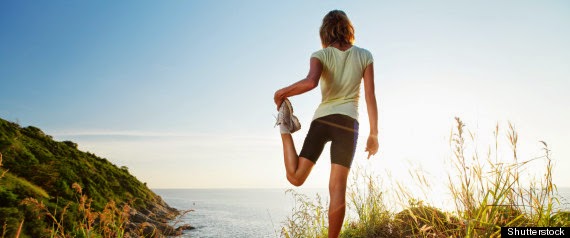Many kidney stone organizations and institutes support the
research and education of kidney stone disease. Listed below are some
organizations that you or your loved one can interact with to better inform,
educate, and learn about the research being done on kidney stones and diseases.
When it comes to you and your kidney stones, you are not alone! There are many
organizations and research being done to better diagnose and treat kidney
diseases.
Click on the names of each organization to open the website and learn more!
 The National Kidney Foundation is the leading organization
in the U.S dedicated to the awareness, prevention, and treatment of kidney
disease.
The National Kidney Foundation is the leading organization
in the U.S dedicated to the awareness, prevention, and treatment of kidney
disease.
On this website you can contact a patient information center
and speak with a trained professional who can offer support if you or your
loved one is affected by kidney disease. Listed on the website, are many
prevention methods you can take to check for any risks, and tools to educated
yourself on kidney issues.
Take the quiz and find out if you are at risk for kidney
disease, and what steps you can take to reduce your risk! Click here to take the quiz!
 |
| An image of the website for the IKSI |
The International Kidney Stone Institute (IKSI) is a charitable organization
affiliated with Methodist Hospital and Indiana University School of Medicine.
It is a major center for independent evaluation of the safety and effectiveness
of stone disease treatments.
On this website, you can learn more about kidney stones,
research initiatives, global news and forums on stones, and even donate to the
institute.
A video from IKSI
Most importantly, if you or your loved one is experiencing
any symptom or signs of a kidney stone, it is best to contact a physician or
urologist.
The Urology Care Foundation is committed to promoting urology
research and education to improve patients' lives.
The Urology Care Foundation offers an on-line directory
service for patients to use when searching for an urologist near you.
No matter what, never feel alone, and take care of your health to ensure a happy, long lasting life!
Sources;
International Kidney Stone Institute. (n.d.). Retrieved November 20, 2014, from http://www.iksi.org/about/
The National Kidney Foundation |. (n.d.). Retrieved November 20, 2014, from https://www.kidney.org/
Urology Care Foundation The Official Foundation of the American Urological Association. (n.d.). Retrieved November 20, 2014, from http://www.urologyhealth.org/urology/findurologist.cfm











